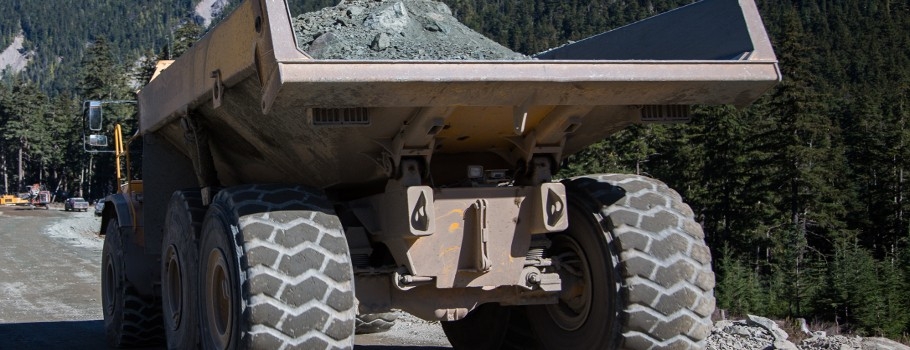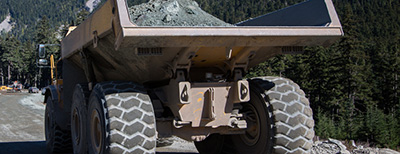FD-1 versus TO-4 for heavy-duty final drives: What’s the difference?


Back in 2001, Caterpillar introduced the FD-1 specification for final drive lubricants, and subsequently came out with its own Cat® FDAO, final drive and axle oil. The intent was to improve gear and bearing life in final drives and axles in heavy-duty, off-road equipment used in construction and mining applications. Caterpillar determined that the oils formulated to the TO-4 standard, commonly used to lubricate equipment with clutches, hydraulics, and wet brake systems, did not provide an adequate level of protection for heavy load-carrying components at the back-end of the equipment.
Fast forward to today, many equipment operators are still reluctant to adopt the FD-1 standard and are still relying on TO-4 fluids for all components, including final drives and axles, regardless of equipment type. They don’t want to add another fluid to their inventories, or they’re concerned about cross-contamination. And to be honest, FD-1 oils, particularly the multi-grade synthetics, are generally more expensive than TO-4 oils, so there is a cost concern as well. Yet, when operators are observing poor longevity of their back-end components, they are quick to complain to the manufacturer, when in fact the problem is easy to identify: they are using the wrong fluids.
An FD-1 or FDAO lubricant (the terms are used interchangeably) is generally a 60 weight or higher and can be either a mineral or synthetic multi-grade fluid. Most notably, unlike a TO-4 fluid, FD-1 is designed to address extreme pressure (EP) or heavy load-carrying capability needed for final drive gearsets and bearings. Additives that increase friction coefficient in a TO-4 oil tend to compromise those features, which is why the more stringent FD-1 specification was developed. FD-1 fluids will help extend the life of final drive components by a substantial margin compared to a friction-modified TO-4 fluid.
A few extra dollars spent on proper lubrication will pay back many times over in extended equipment life. The reality is that when the OEM specifies an FD-1 SAE 60 for the final drive, a TO-4 SAE 60 will not meet the equipment’s requirements, even though it is a comparable viscosity grade.
That isn’t to say that a TO-4 fluid is never suitable for final drive and axle components. As a rule of thumb, you can probably get by with a TO-4 fluid in smaller, light-duty pieces of equipment that call for a TO-4 fluid in SAE 10, 30, or 50 oil, especially when operating in moderate ambient temperatures. But for heavier equipment like off-road trucks, pipe layers, tractor skids or excavators, in which the final drive gears and bearings are subjected to heavy loads and extreme pressure, without clutches or wet brakes, you will be far better off with an oil that meets the FD-1 specification in the long run.
At Chevron, our FD-1 product is Delo® TorqForce® FD SAE 60 and we are working on a premium-tier, multi-grade synthetic version. As always, our products undergo a rigorous process of testing and technology validation, taking all the measures necessary to deliver a viable, commercialized product. This will give our customers further choices when looking for a solution that will help extend heavy-duty equipment life under demanding conditions
03/07/2019

























